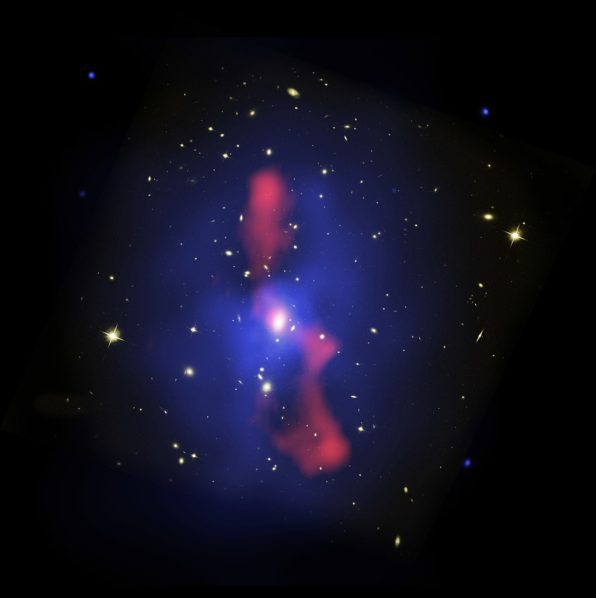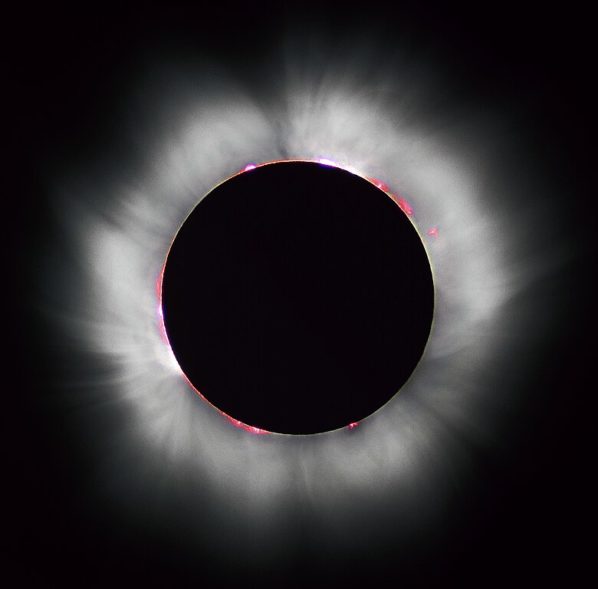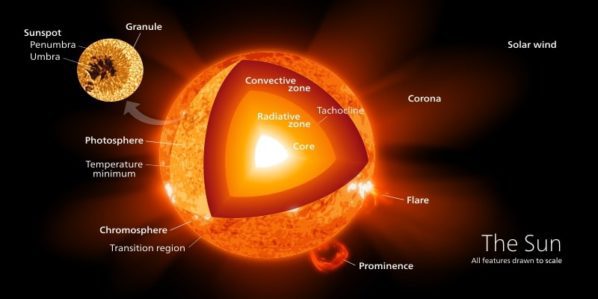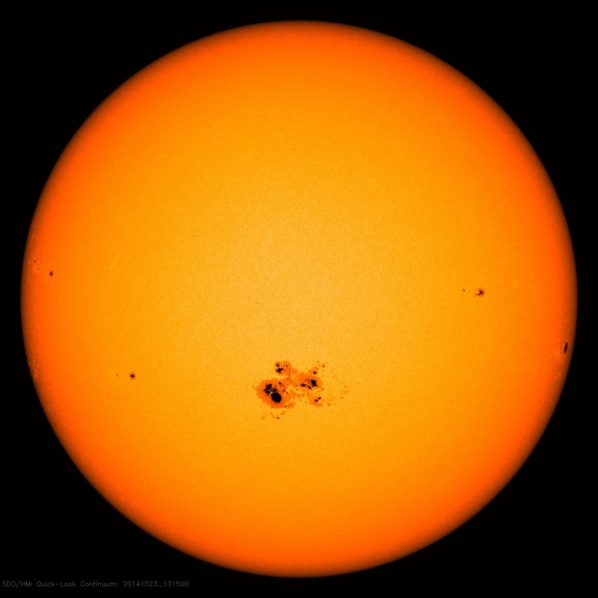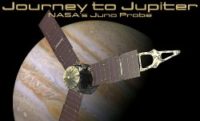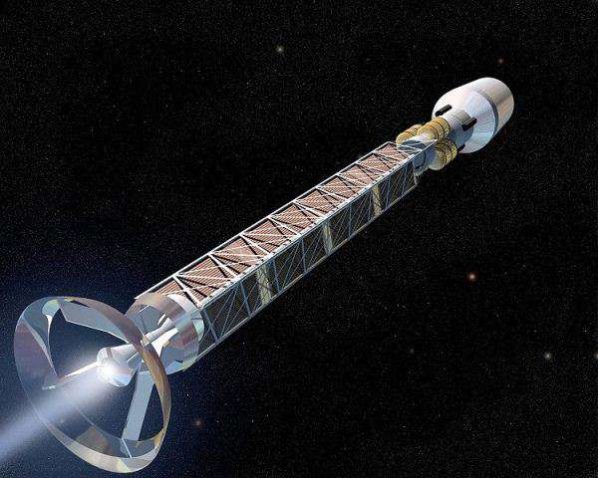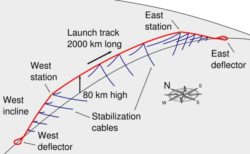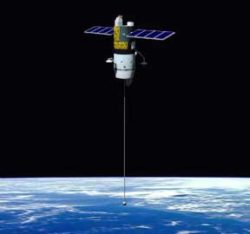Galaxy Cluster MS0735 – Three Telescopes Show a Very Different Picture
Unveiling the Mysteries of Galaxy Cluster MS0735: Explore the enigmatic cluster through optical, X-ray, and radio lenses, revealing the colossal scale of a supermassive black hole's impact and the intricate dance of forces within this captivating galactic cluster.
What Heats the Chromosphere and Corona to High Temperatures?
Uncover the Sun's scorching secrets – magnetic field, nanoflares, and more. Delve into the mysteries of its super-heated chromosphere and corona.
How Are Astronomers Able to Explore the Layers of the Sun Below the Photosphere?
Astronomers use helioseismology, spectroscopy, magnetic field studies, and space missions to explore the Sun's layers beneath the photosphere.
Why Does Titan Have a Dense Atmosphere?
Discover why Titan has a dense atmosphere. Learn how its unique composition, gravity, and Saturn's magnetic influence shape this moon's atmosphere.
How Is the Sunspot Cycle Directly Relevant to Us Here on Earth?
The sunspot cycle, occurring every 11 years, influences Earth's weather, communication, and power. Solar flares can disrupt technology. Preparedness is key.
How NASA’s Juno Mission to Jupiter Works [Infographic]
Recently, on August 5, 2011, NASA launched a new space probe, called Juno, headed towards Jupiter. When it reaches its destination the spacecraft will be placed in a polar orbit in order to study the planet's composition, gravity field, magnetic field, polar magnetosphere, and the deep winds of its atmosphere.
Antimatter Discovered Around Earth
A ring of antimatter, more specifically antiprotons, has been recently discovered around the Earth. Since antiprotons are charged sub-atomic particles, they are confined by the planet's magnetic field lines.
Non-Rocket Spacelaunch – Launch Loop
A launch loop (also known as a Lofstrom loop) is a proposed design for a very efficient non-rocket spacelaunch method. It is a much simpler concept than the space elevator, but still more complex than tether propulsion systems such as the rotovator.
Non-Rocket Spacelaunch – Tether propulsion
Tether propulsion consists in using long, very strong cables (known as tethers) to change the velocity of spacecraft and payloads. The tethers may be used to initiate launch, complete launch, or alter the orbit of a spacecraft. This form of propulsion would be significantly less expensive than spaceflight using modern rocket engines.

